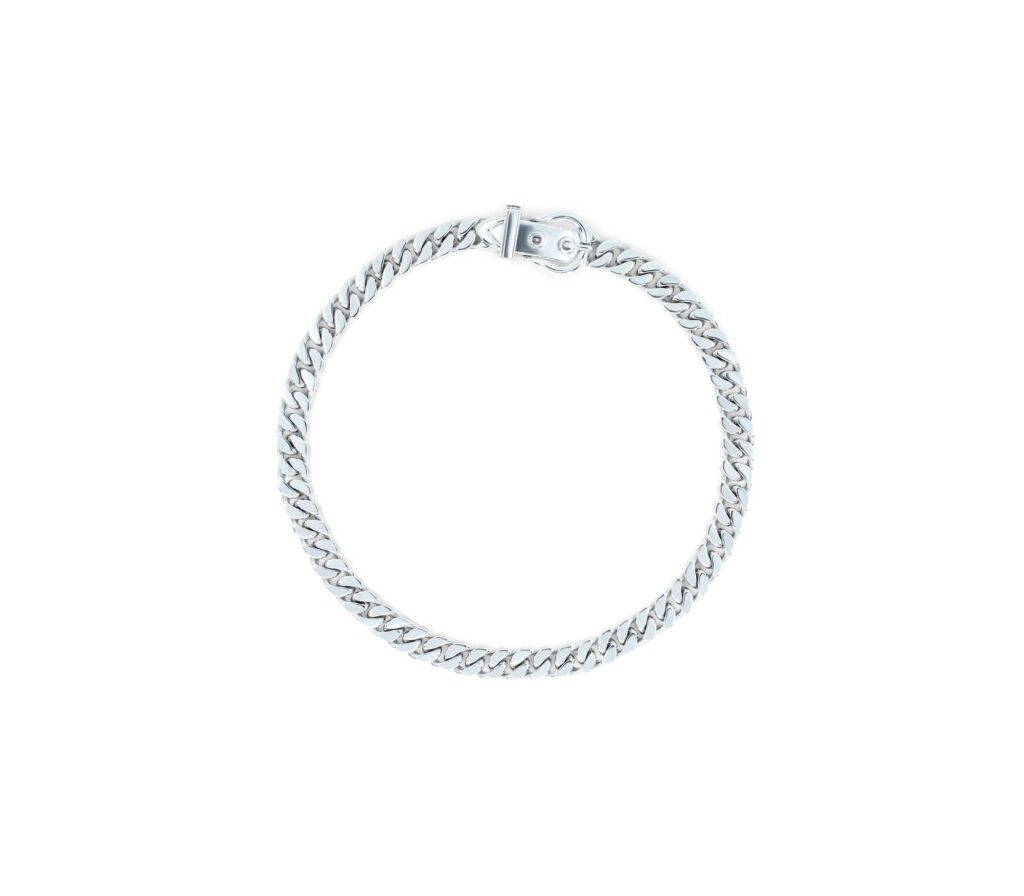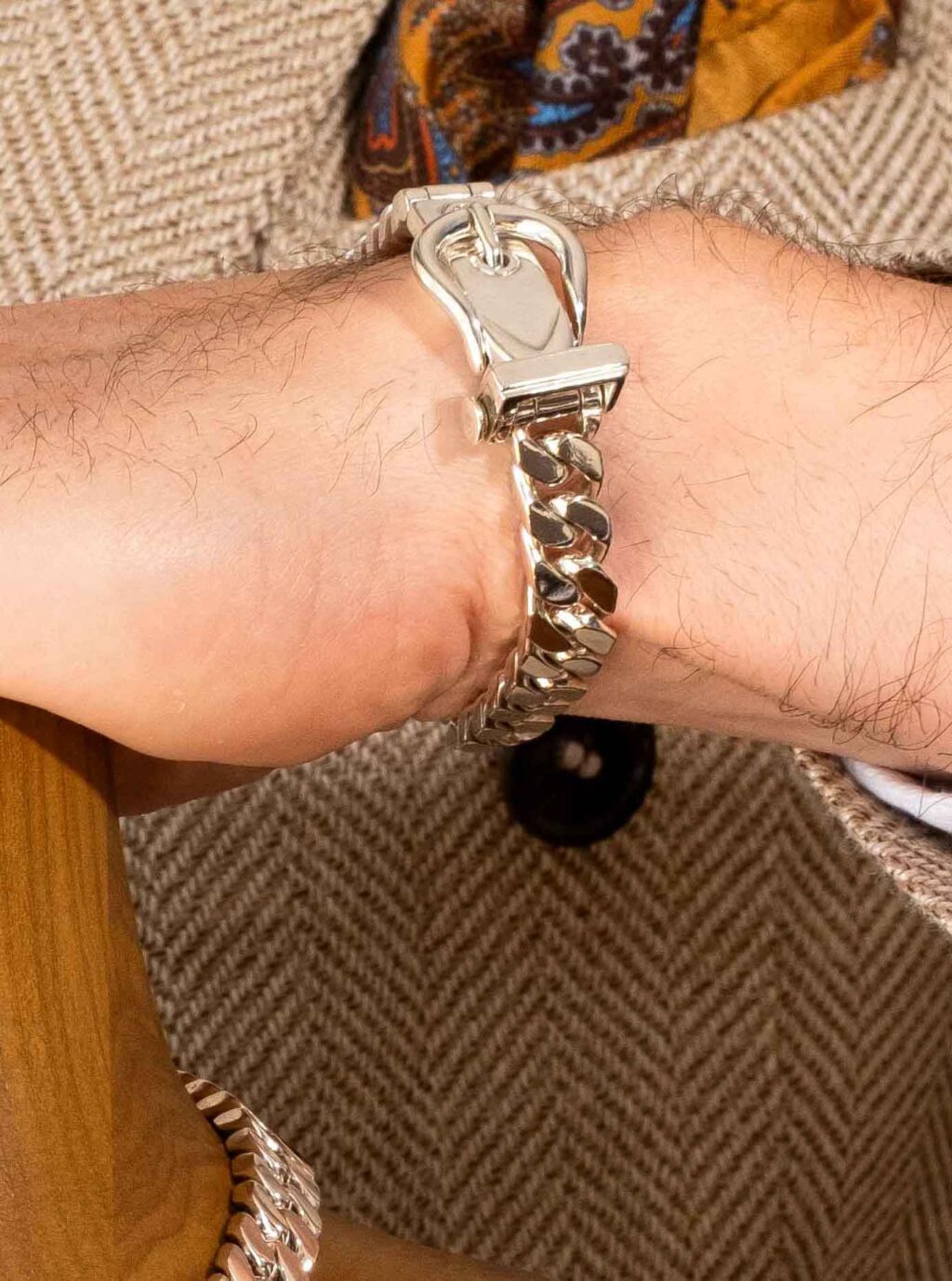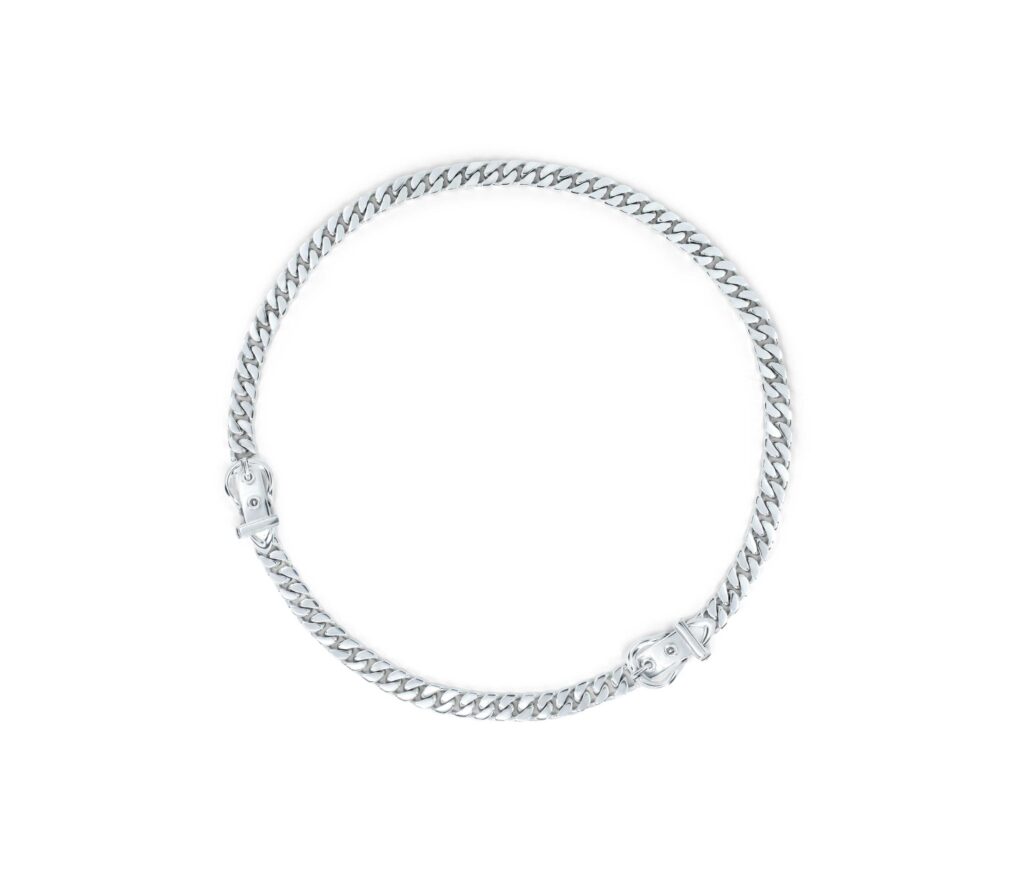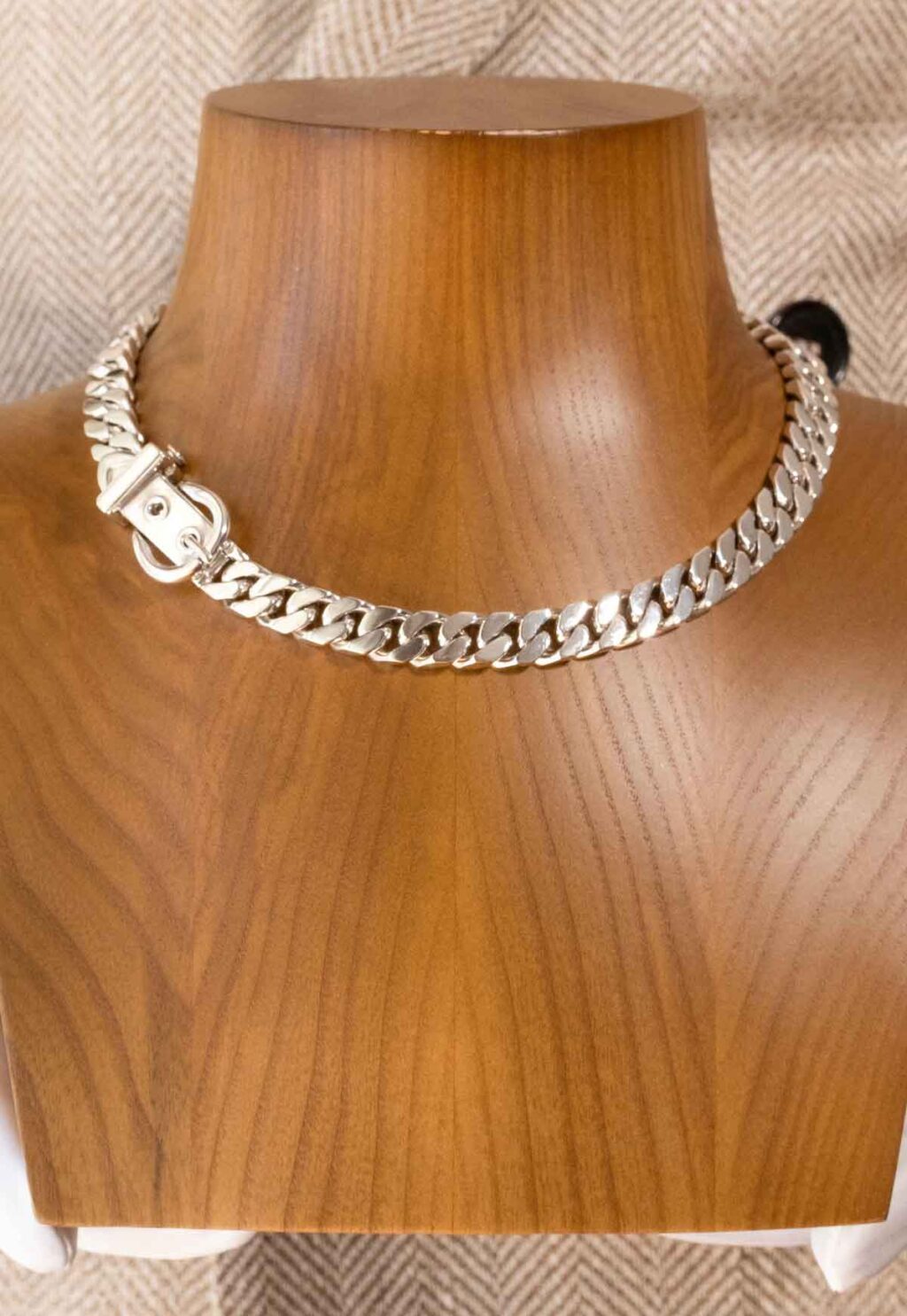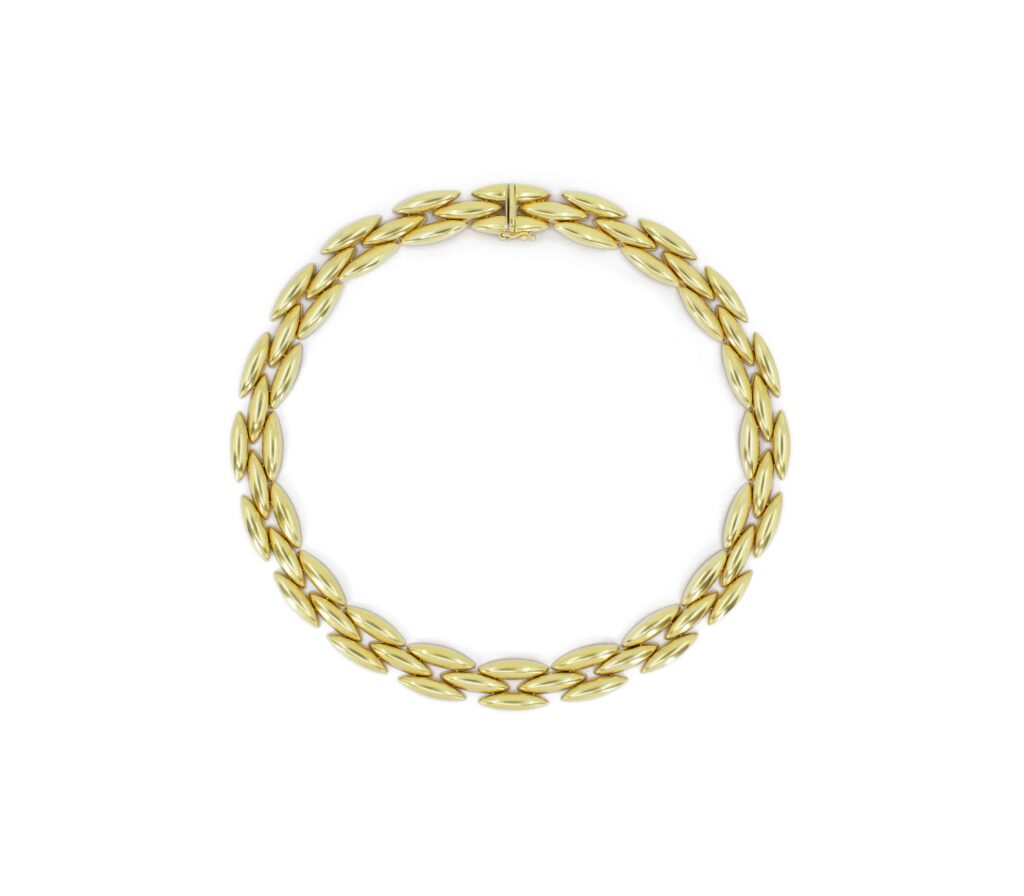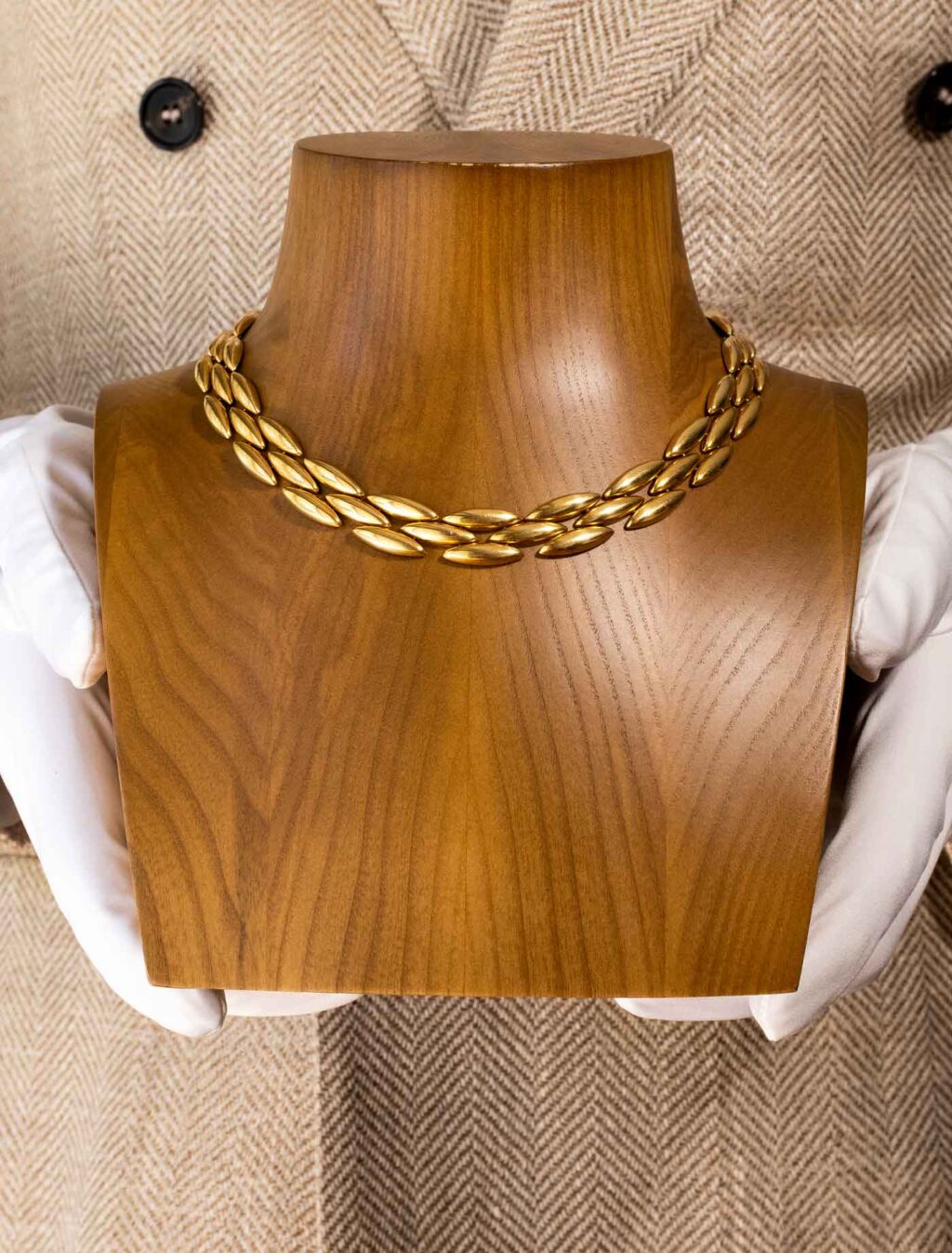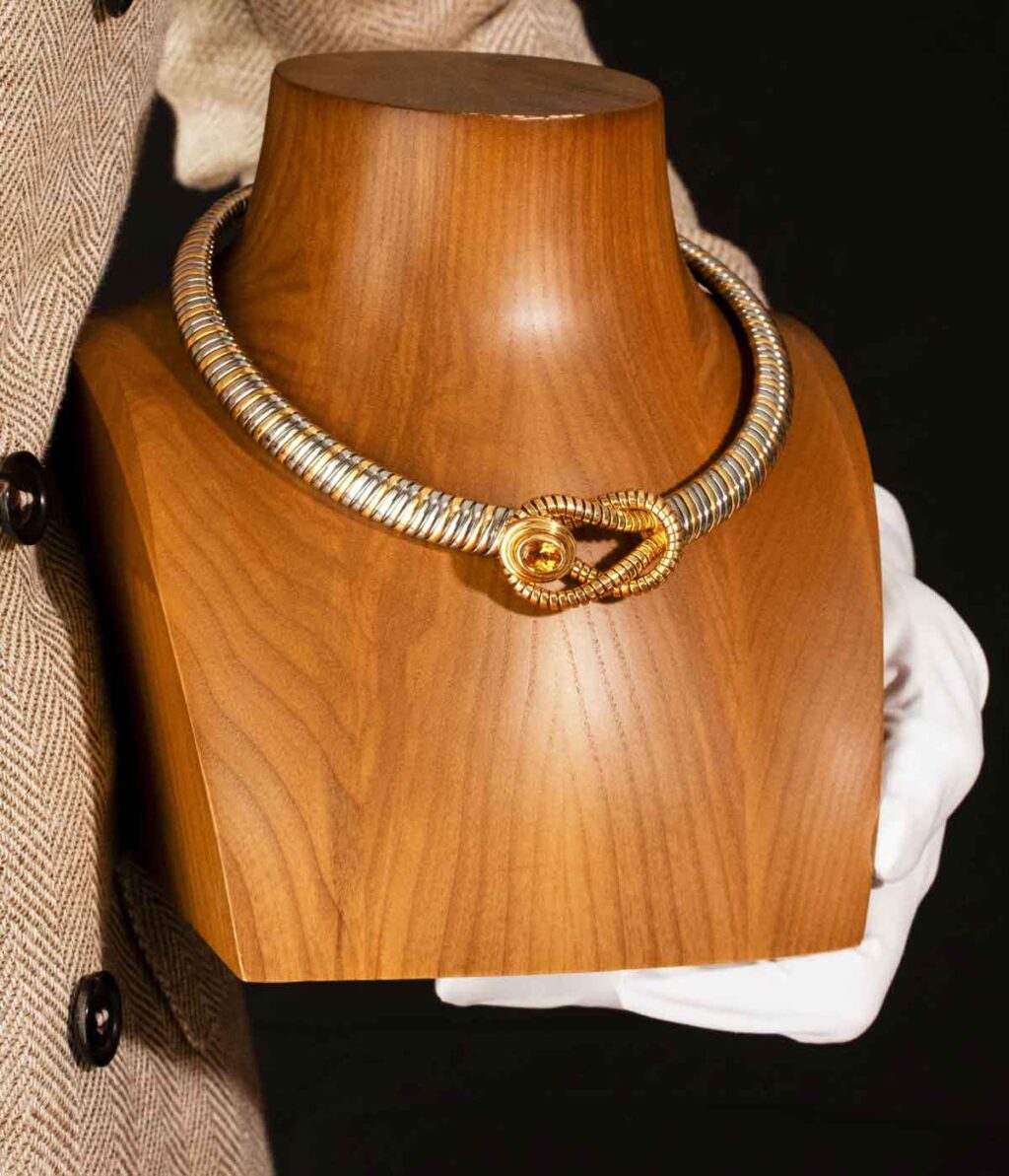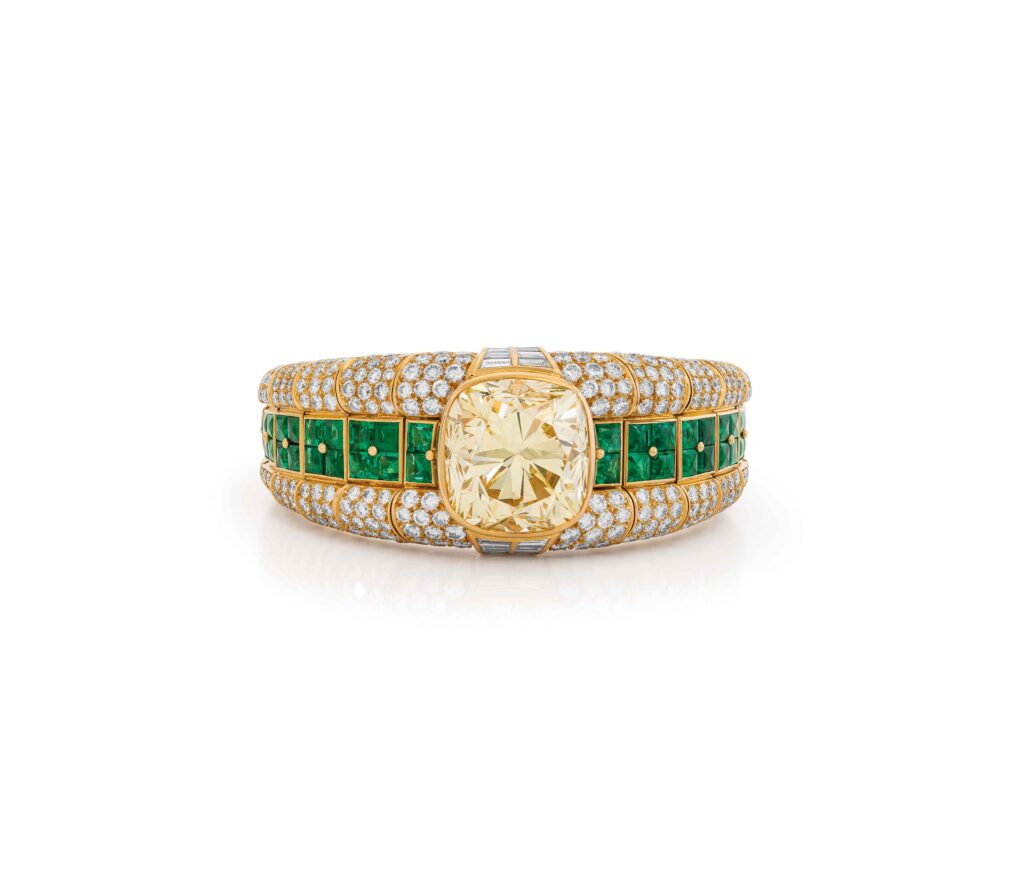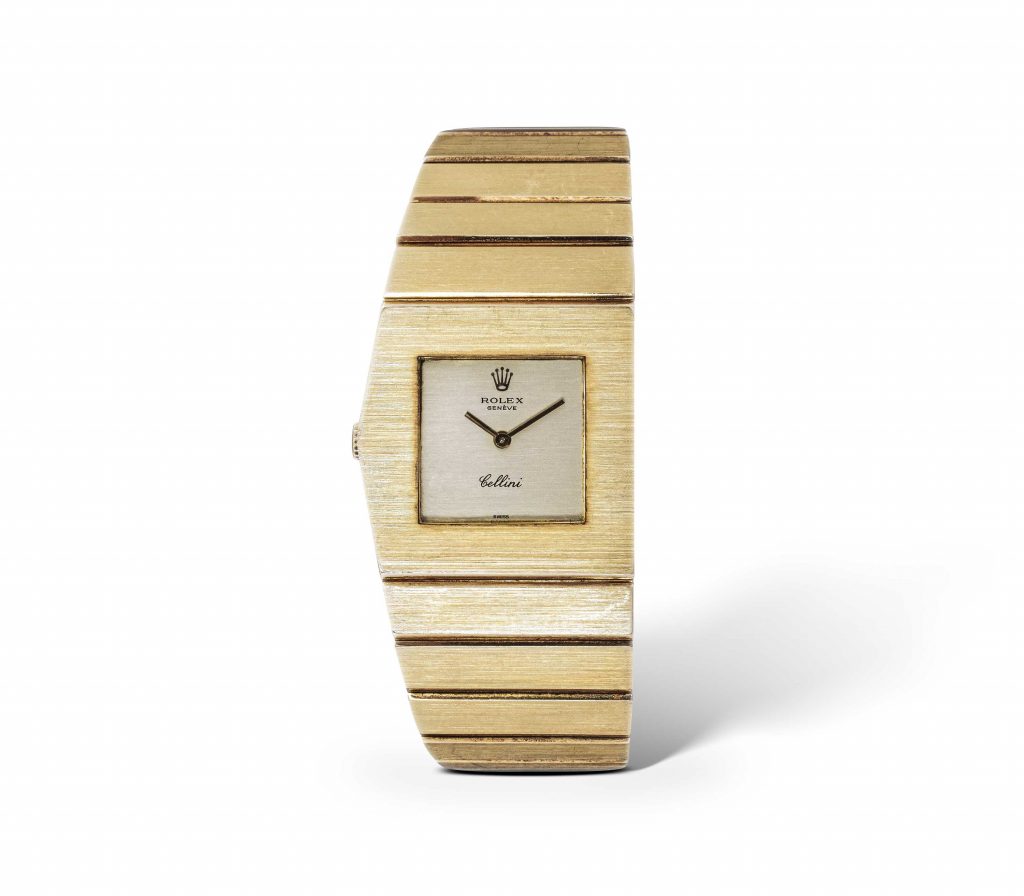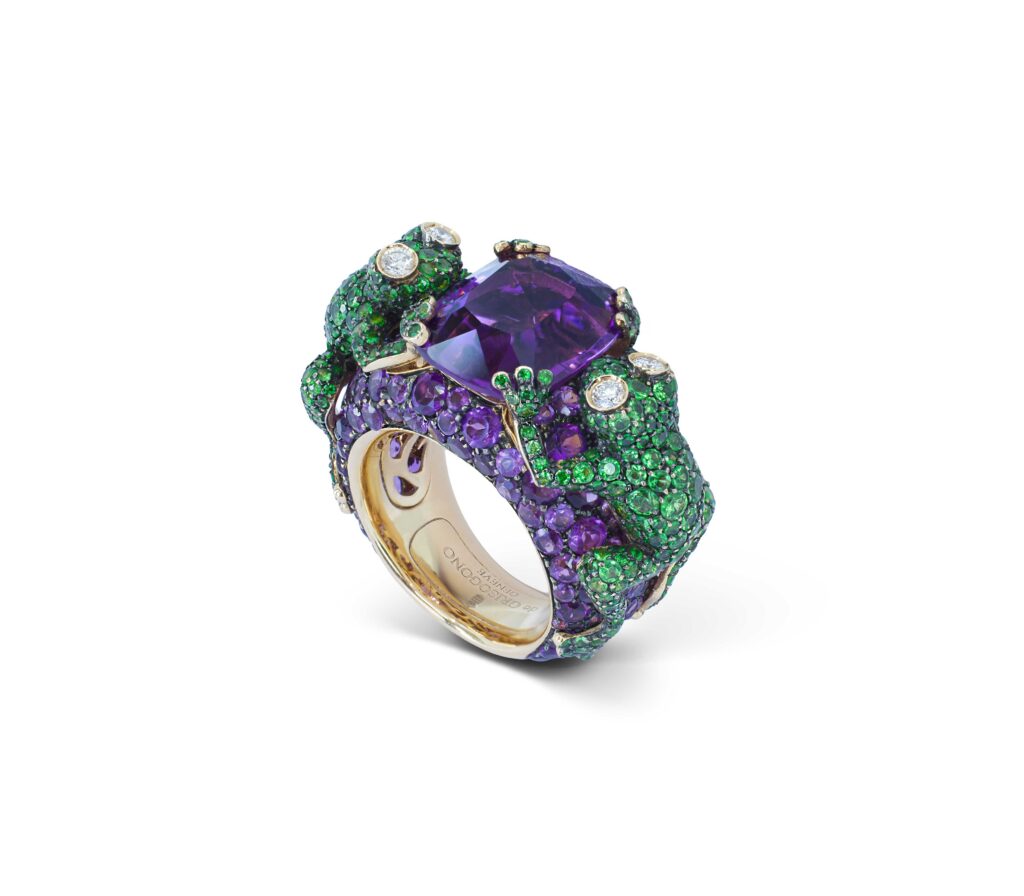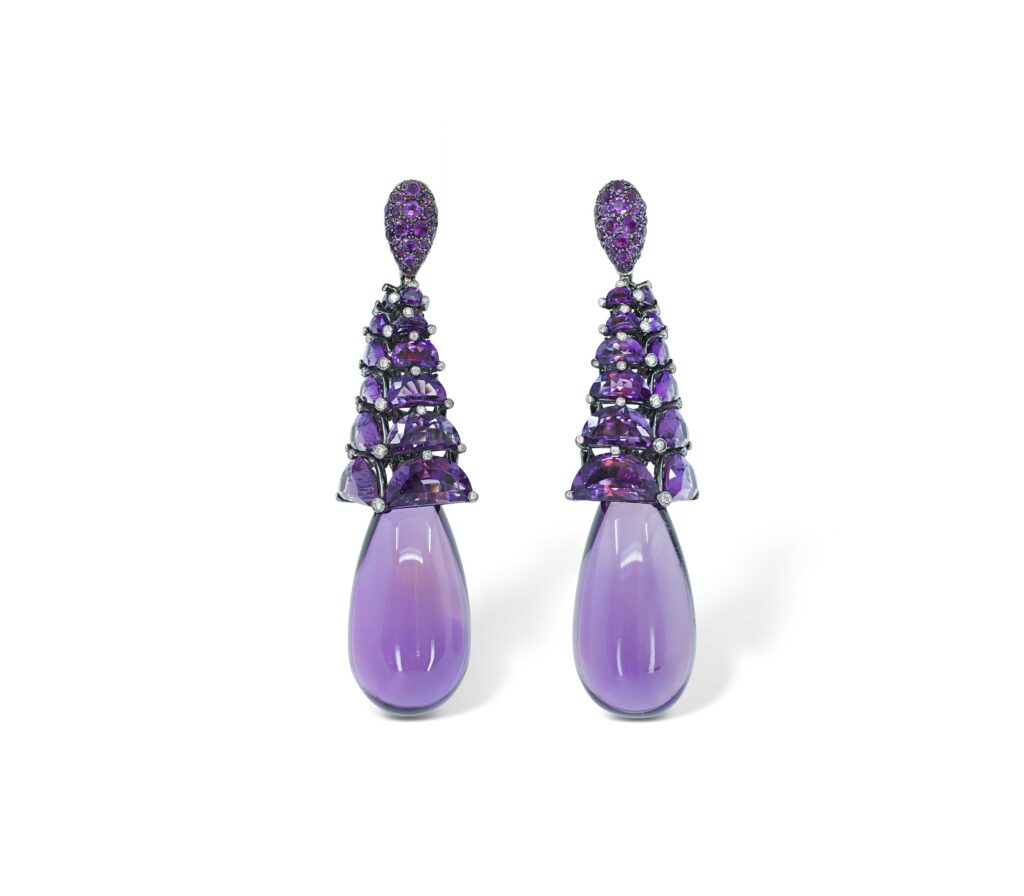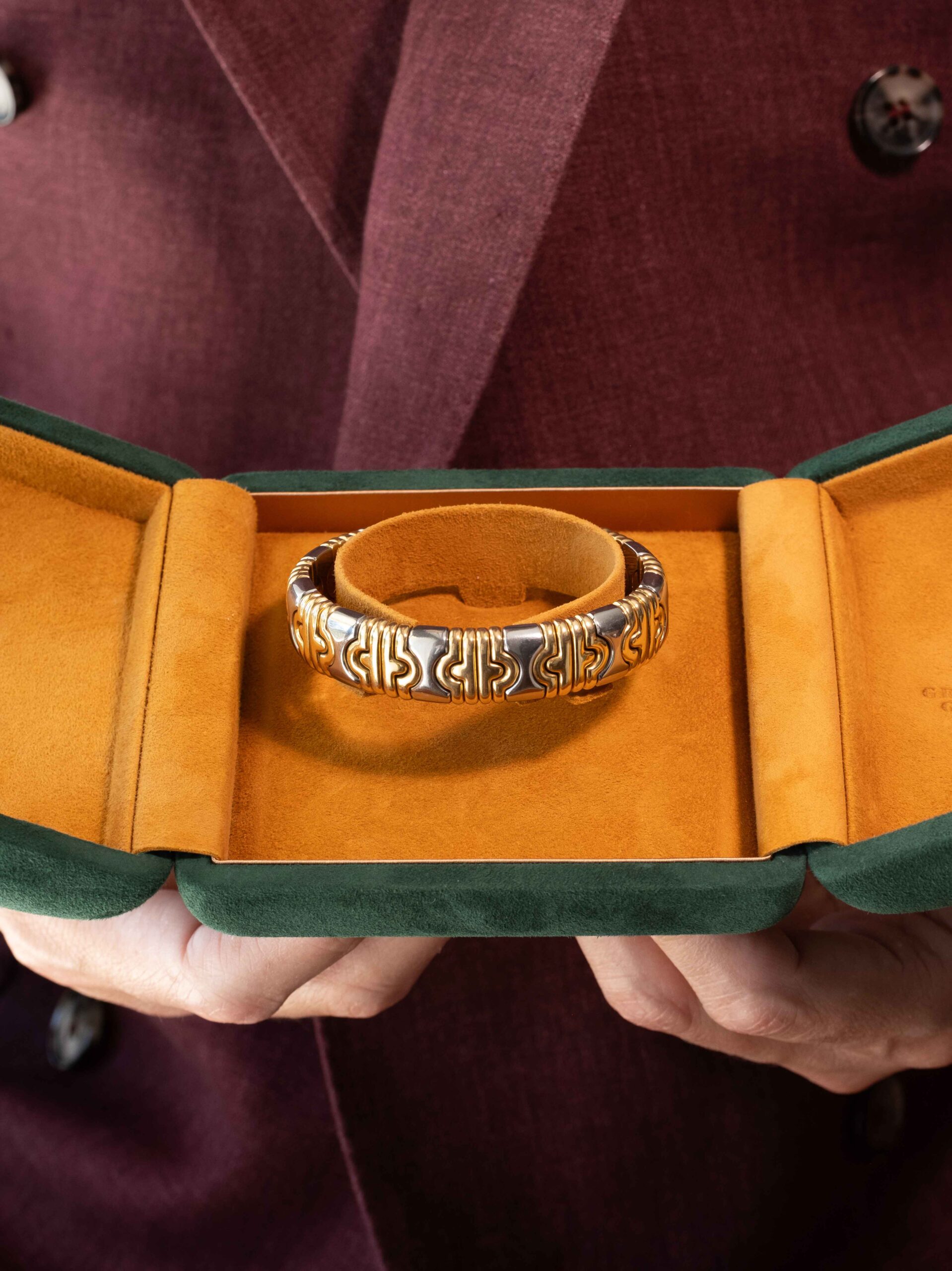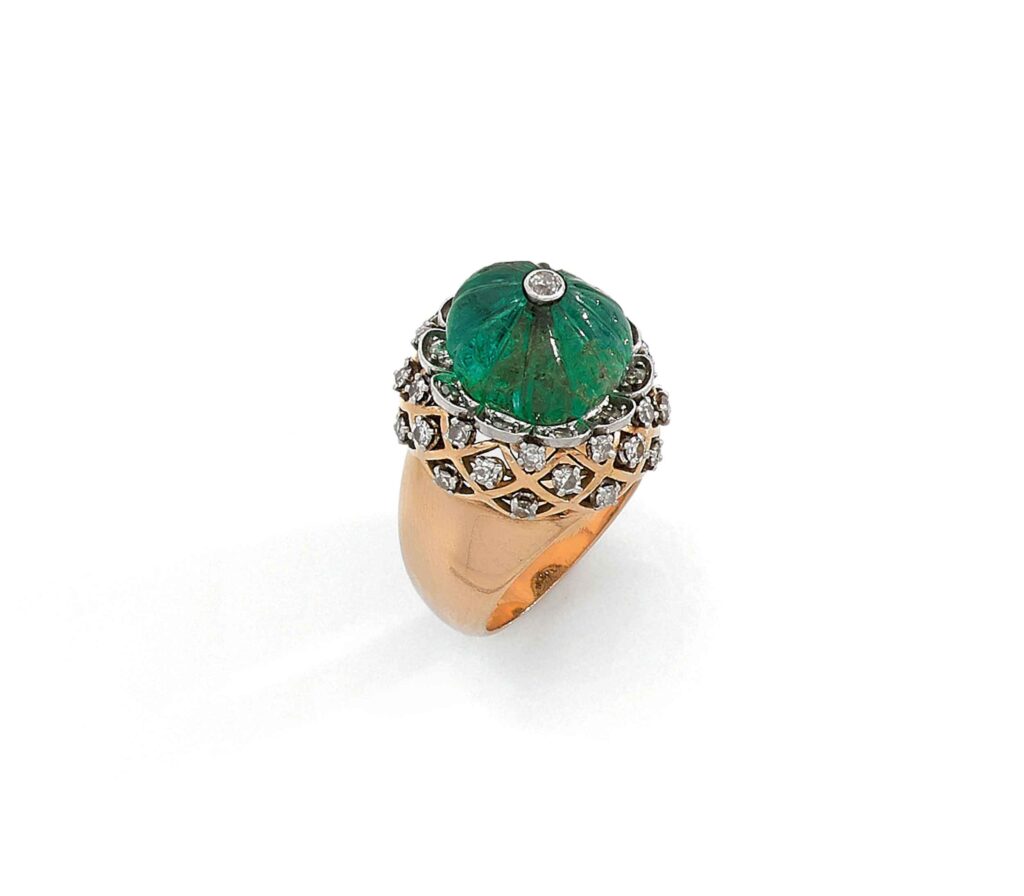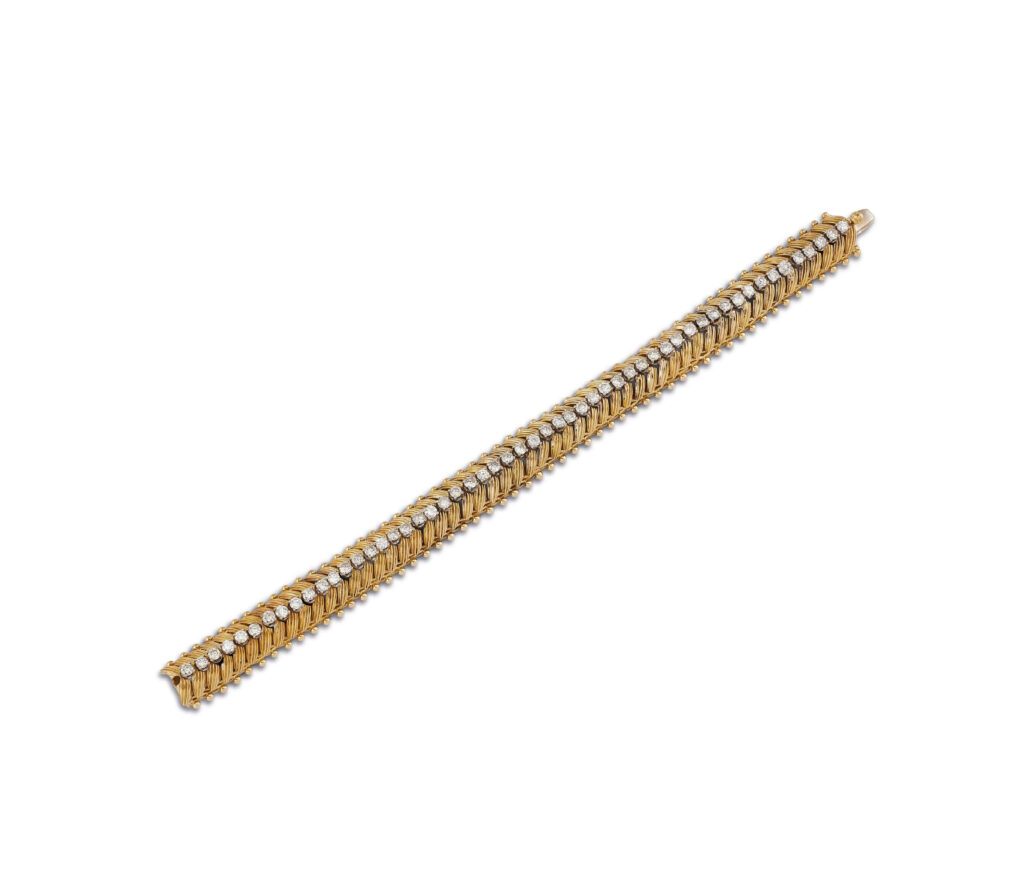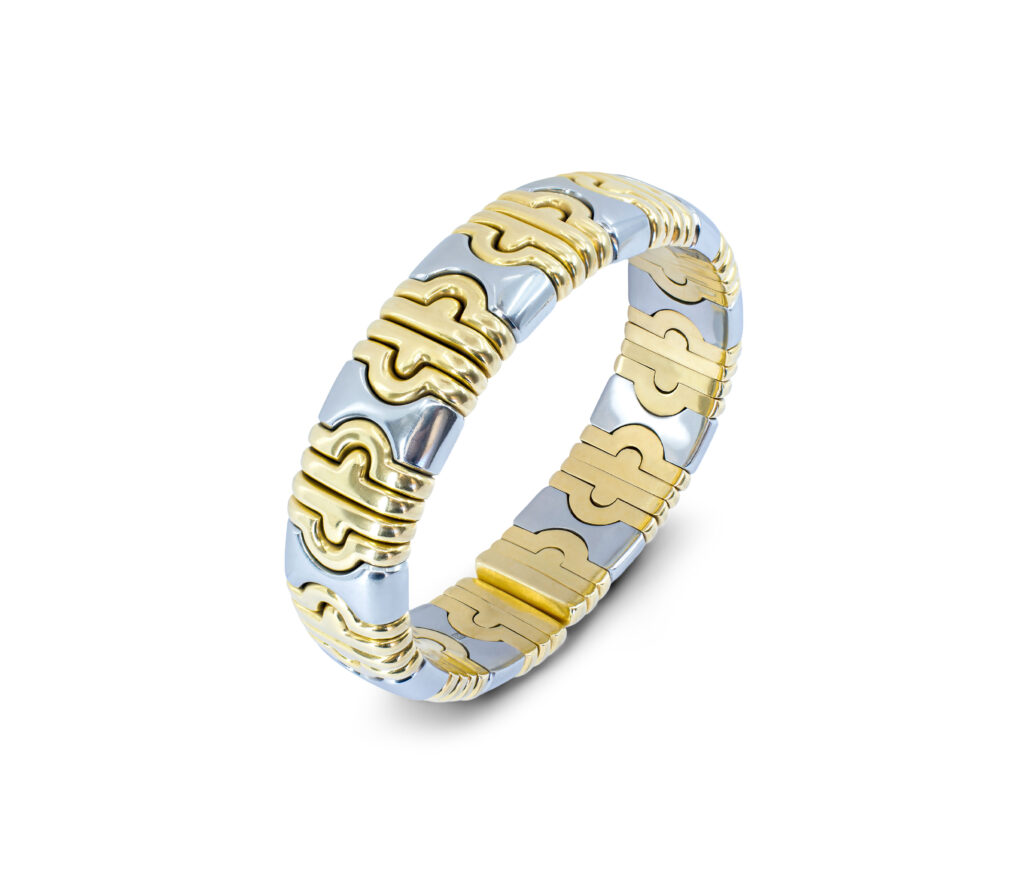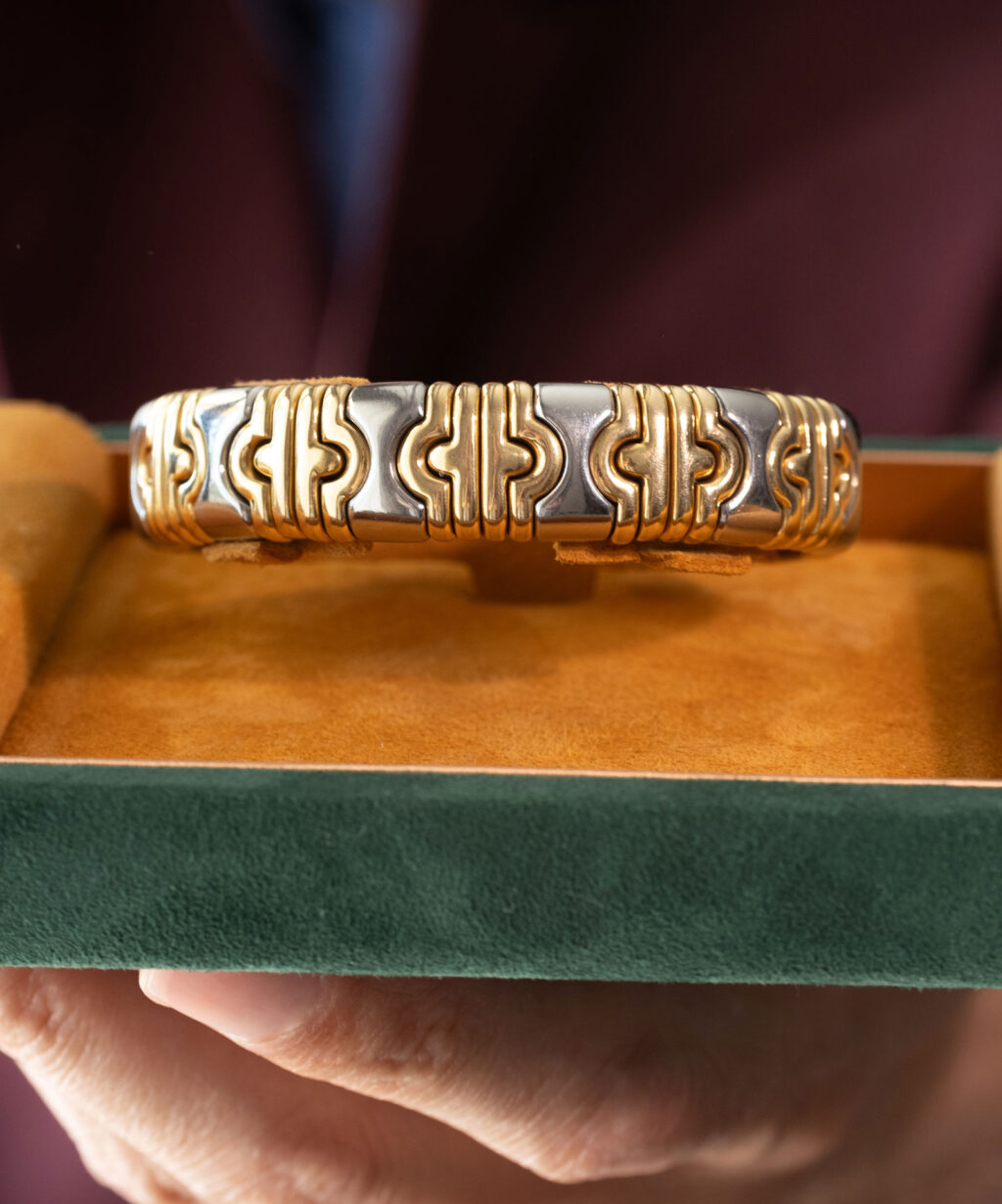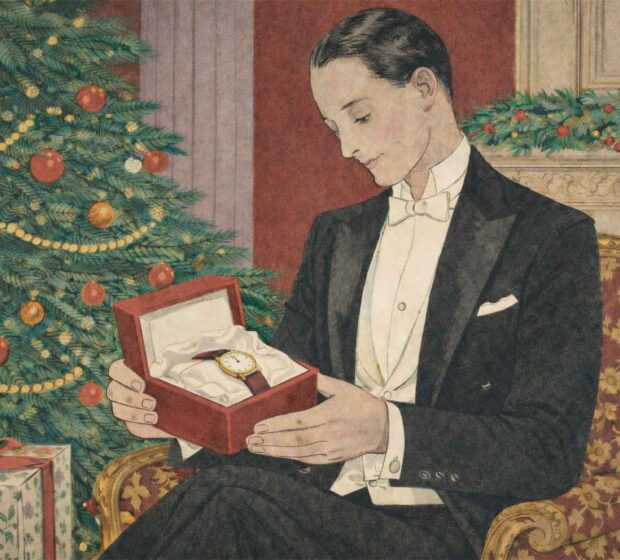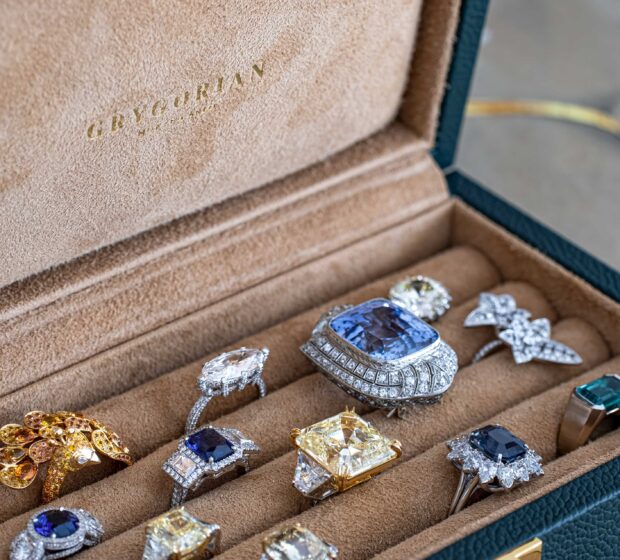It starts with a small hitch. The way a clasp hesitates, a prong catches on a sweater, a diamond that looks less alive than it did last month. In the salon at Grygorian Gallery, we see it often. Clients bring in heirloom brooches from a great aunt who loved the opera, mid century bracelets with a history on the Riviera, and newly minted engagement rings that already carry a few stories of their own. The pieces are beautiful, yes, but more than that, they are loved. And anything loved gets worn, and anything worn will eventually need care.
Jewelry issues rarely announce themselves in bold type. They whisper before they shout. That’s why our team watches for quiet signs and teaches clients to spot them early. Five problems come up constantly across decades, styles, and metals. Each has a fast, practical fix when caught in time, or a trustworthy bench solution when it goes past the kitchen table.
Below, we share how we diagnose and repair the problems we see most, along with techniques we use behind the scene, the ones that keep a vintage clasp snapping with authority and a diamond holding its line of fire. I have included a few stories from our cases at Grygorian Gallery, because technique is important, but so is context. A little context helps you decide when to reach for a soft cloth and when to reach for your phone and schedule a visit.
A quick note before we begin: if you are working with vintage pieces, especially those with closed and foiled backs from the Georgian and early Victorian eras, avoid moisture and heat entirely. These constructions are marvels of the past. Steam and ultrasonic cleaners can shock them into silence.
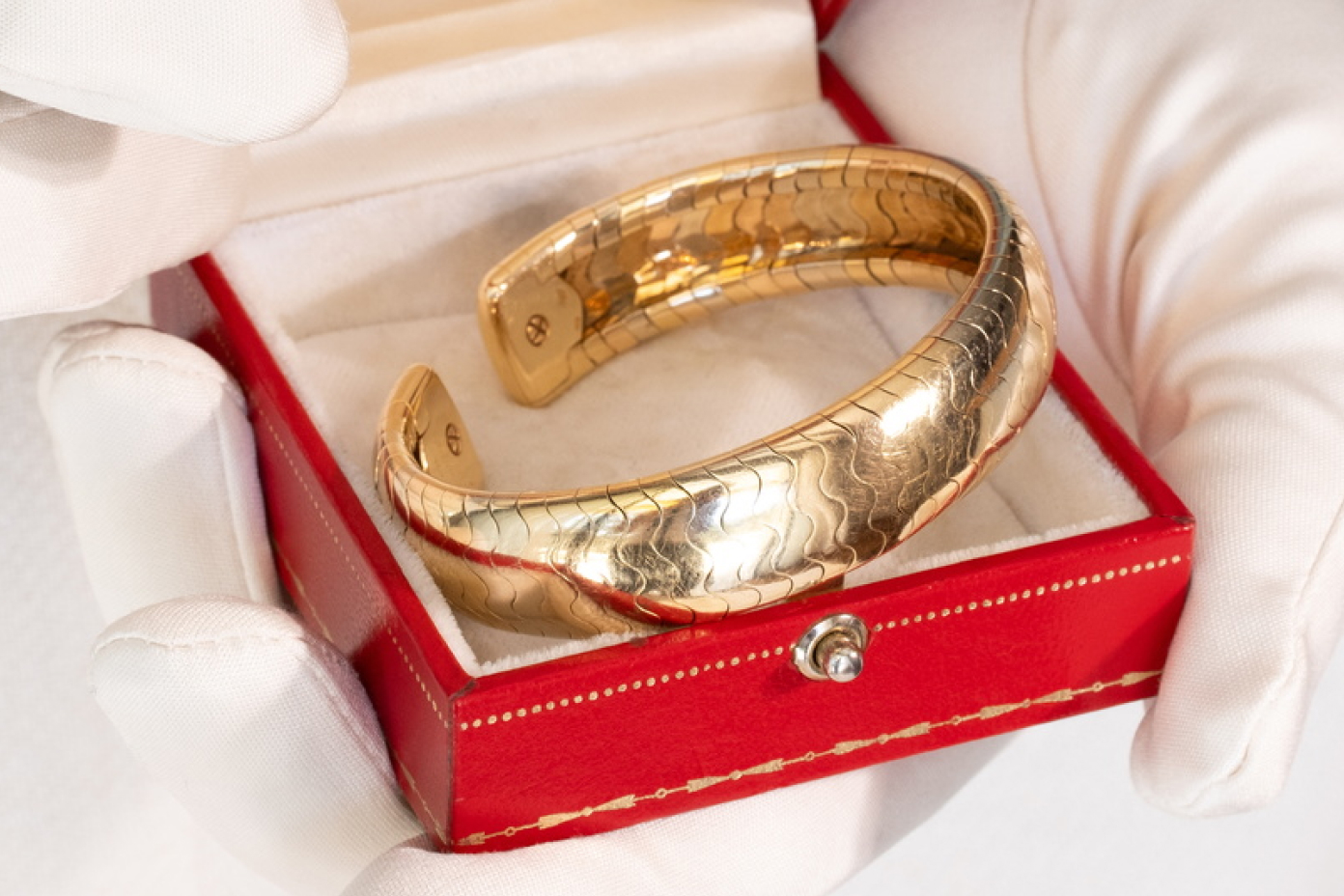
Tarnish, dullness, and cleaning mistakes
Gold does not tarnish in the way silver does, yet every gold ring I see accumulates a film of daily life. Soap, lotion, perfume, cooking oil, even microscopic skin cells build a soft blanket that dims surface reflection. Diamonds lose presence. Sapphires read like glass. Platinum looks content instead of proud. Silver carries its own story, darkening as copper within the alloy reacts with sulfur in the air.
Here is what to do at home:
- Create a mild bath with warm water and a drop of plain dish soap. Let the piece sit for five to ten minutes. Use a very soft brush to loosen residue. A baby toothbrush is perfect. Rinse in clean water and pat dry with a lint free cloth.
- For gold and platinum, a designated polishing cloth restores luster without cutting metal. Use gentle pressure in one direction.
- Avoid toothpaste, baking soda pastes, and other abrasive powders on gold. They scratch. Microscopic scratches scatter light and make pieces look tired.
- Skip silver dips unless you are absolutely certain the piece has no stones, no applied oxidation, and no hollow spaces. Dips work fast but strip character and can creep under settings.
- Ultrasonic cleaners are tools, not toys. They are excellent for diamond solitaires and hard stones in strong modern settings. They are dangerous for emeralds, opals, pearls, turquoise, and any piece with glued components. If you own an ultrasonic bath, set a timer for three minutes and never leave the room.
If you have white gold that looks a little yellow after wear, that’s normal. Most modern white gold is rhodium plated to achieve a bright white finish. Plating wears over time, first on the underside of rings and along edges. When the color shift distracts you, it’s time for a professional replate. Avoid home hacks here. Plating requires preparation, cleaning at the molecular level, and controlled current.
Loose stones and worn prongs
Stones speak when they are thinking about leaving. A prong catches on knitwear. A tiny click is audible when you tap the diamond with a fingernail. One side of a bezel looks just a bit lower than the other. Most clients notice only the final act when a stone leaves the stage, but the signals are there.
What to look for:
- Prongs with flattened tips instead of round beads
- Channels with stones that tilt instead of sitting level
- Pave fields where one bead looks shaved compared with its neighbors
- A halo that snags hair where it never did before
- A fine metal wire that has become almost flush from years of wear
Why it happens is not mysterious. Metal wears. Gold and platinum slowly abrade with friction day after day. Cleaner use and even safe wear patterns still remove microns from prong tips over years. In micro pave, millimeter scale work needs protection from hard knocks, handbag buckles, and winter coat zippers.
Here is what to do immediately if a stone feels loose:
- Stop wearing the piece.
- Wrap it softly and put it in a small zip bag until you can visit your jeweler.
- If the stone is loose but not out, put a ring in a small box and label it. Do not push prongs yourself. A slip risks shattering a girdle.
Professional fixes depend on the setting style:
- Retipping: The bench adds matching alloy to the worn prong tip and shapes it to hold the stone with proper seat and coverage. In platinum we often laser weld to better control heat and reduce risks to stones nearby.
- Rebeading micro pave: Under a microscope, a jeweler raises new beads with a graver then bright cuts the edges for clean light return. It is deliberate work. Whole sections can be regrained to look like the day it was made.
- Channel tightening: With channel set stones, the wall can be coaxed back over the stones with a steel pusher or laser welded with new metal in damaged spots, then refinished.
- Bezel refinement: A bezel can be lifted and reformed, but this calls for experience. Heat control matters around heat sensitive gems.
Some settings are more sensitive than others. Shared prong eternity bands look ethereal, but the prongs are small and the shared architecture means one failure can involve two stones. Tension settings rely on exact spring and material memory. If a tension ring takes a hit, it needs expert hands.
Old mine cuts and old European cuts often sit in hand cut seats. We tend these pieces with the same quiet respect a watchmaker gives a movement. Given the value and irreplaceability of antique stones, we often recommend a yearly inspection. A quick check is free at Grygorian Gallery, and the peace of mind is worth it.
Broken or unreliable clasps and links
A clasp that sticks is teaching you patience. A clasp that opens by itself is teaching you urgency. Both matter.
Clasps fail for simple reasons. Springs weaken, tongues lose tension, solder joints crack, and jump rings open when caught. Older bracelets often lack modern safety features like a figure eight side lock or a safety chain. Necklaces with very delicate connectors fatigue at the stress point near the clasp faster than other links along the chain. High karat gold is softer, so a handmade 22k clasp may need more frequent checks.
Common clasp styles and what we look for:
- Spring ring: Internal spring fatigue shows up as slow closure or gaps. The ring should snap shut completely without lag.
- Lobster clasp: Good for daily wear; once the lever loosens or the spring weakens, replacement is best.
- Box clasp with tongue: Secure when paired with a safety; if the tongue does not click with authority, it needs adjustment.
- Barrel and fish hook: Fine for pearls and light chains; inspect for wear on the hook tip and the channel where it nests.
- Magnetic clasp: Helpful for clients with arthritis; choose high grade magnets and add a safety for heavier pieces.
If a jump ring near a clasp is not soldered, ask to have it closed and soldered. It is a small job that saves heartbreak. For valuable, heavy bracelets or necklaces, a secondary safety like a figure eight or a chain adds a second line of defense.
Repair techniques:
- Micro laser welding: Concentrates heat in a pinpoint, safeguarding nearby gems and pearls. Excellent for antique filigree and hollow links that would collapse under torch heat.
- Precision solder flow: For traditional joints on unstone pieces; matching solder color matters on yellow, white, and rose gold to keep the joint visually clean.
- Link rebuilding: For handmade chains, we fabricate new links that match pattern and patina, then age the finish to sit confidently with original metal.
A client recently brought a vintage gold charm bracelet with a worn box clasp. The click had become more of a sigh. We rebuilt the tongue, reworked the housing to accept it cleanly, and added a discreet safety chain to respect both the bracelet’s style and its role as a keeper of memories. She left smiling, and I slept well knowing those memories would stay put.
Knotted chains and pearls that need a new thread
Chains tangle because physics loves mischief. Fine links slide into each other and cinch. Herringbone chains kink. Wheat chains flatten where they catch. Pearls stretch their silk over time and then fall into ungraceful spacing.
To untangle a fine chain at home:
- Place the knot on a flat surface.
- Add a small drop of baby oil or even a tiny bit of olive oil. The lubricant lets links slide.
- Use two fine needles or two smooth straight pins. Insert each gently and tease the knot open by widening rather than pulling.
- Wipe clean with a soft cloth and a bit of soapy water, then rinse and dry.
For kinks in herringbone and omega chains, do not pull. These are formed chains. A jeweler can burnish minor waves out on a specialized mandrel, but a sharp kink may be permanent. Bringing it in immediately gives us a chance to rescue it before metal work hardens the crease.
Pearls need their own care plan. They are organic and comparatively soft. They absorb perfume and hairspray, and the silk they are strung on stretches under their own weight. You will know it is time to restring when:
- Gaps appear between knots and pearls
- The strand lengthens noticeably
- The knot at the clasp has darkened and looks fuzzy
- The necklace catches on sweater fibers near the clasp assembly
Restringing is not cosmetic. It protects pearls from rubbing each other and keeps the graduation looking elegant.
Our standard method at Grygorian Gallery:
- Hand knot on high grade silk sized to the drill holes
- Knot between every pearl to create a soft drape and a guardrail against loss
- Add French wire gimp at the clasp to prevent silk from cutting at the metal loop
- Refit the clasp or replace it if wear warrants
Do not put pearls in an ultrasonic cleaner. Do not steam them. Wipe them after wear with a soft cloth that you use only for pearls. Store them flat and separate from other jewelry so that metal does not scratch nacre.
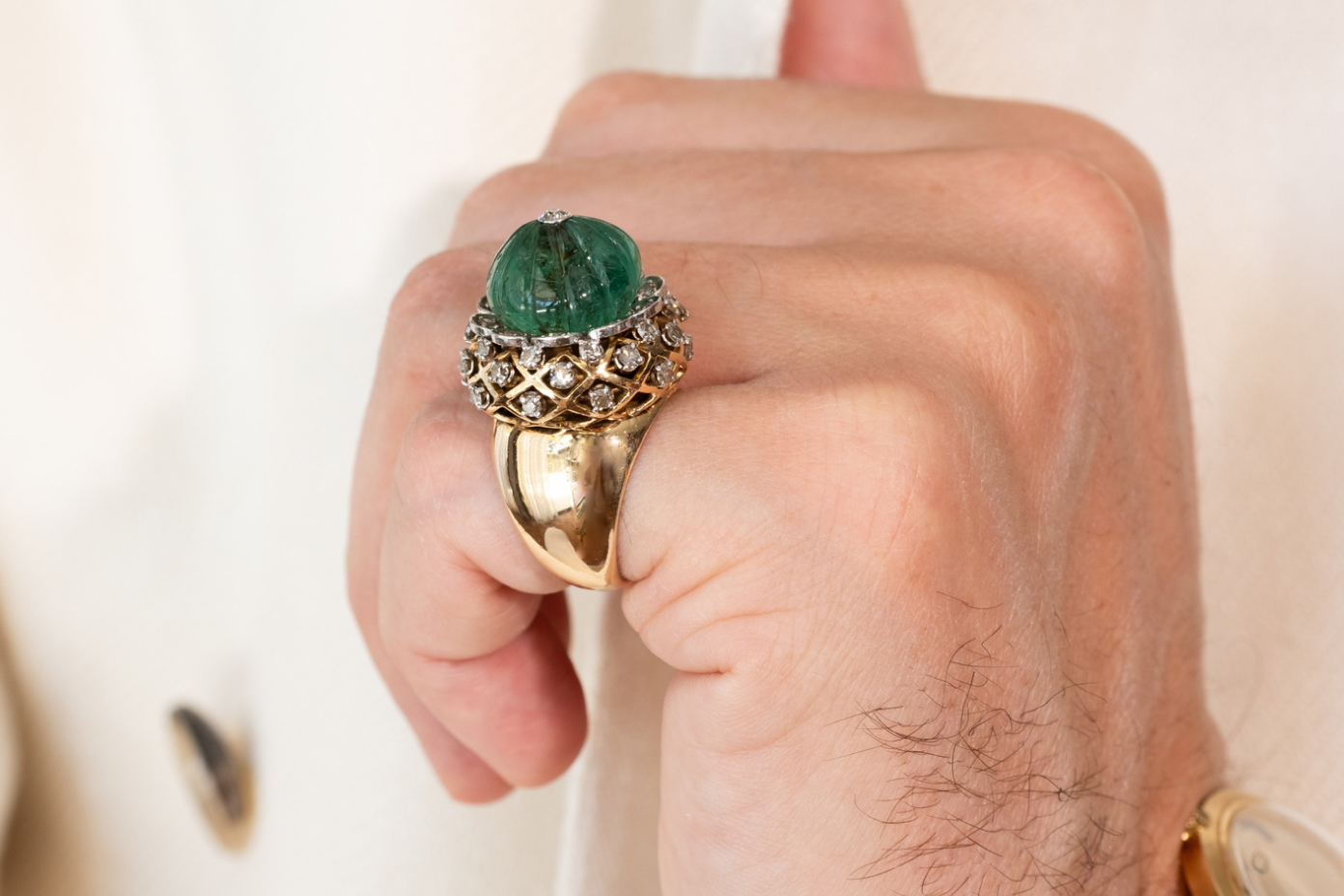
Fit issues, spinning rings, and a ring that will not budge
Finger size is not a fixed number. It changes with heat, cold, hydration, and time of day. Rings that fit in winter can spin in summer. Clients with large knuckles sometimes need rings that pass over the knuckle but then feel loose at the base. Over time, rings rotate, stones point to the side, and comfort fades.
Solutions we use daily:
- Sizing beads: Two small beads inside the shank keep the ring oriented and gently resist rotation. They are unobtrusive and excellent for occasional spin.
- Euro shank: A squared bottom shank resists rotation through geometry alone. This can be part of a redesign or a targeted shank replacement.
- Spring insert: A thin internal spring sleeve that compresses at the knuckle and then springs back to hug the base of the finger. Very comfortable for fluctuating sizes.
- Hinge shank: The ring opens to pass over a larger knuckle and closes to a smaller base size. A well made hinge is durable and transformative for clients who have given up on wearing their rings daily.
When a ring is stuck:
- Do not panic. Raise your hand above your heart for a few minutes to reduce swelling.
- Lubricate with Windex or liquid soap. The surfactant breaks surface tension better than oil.
- Dental floss wrap method: Wrap floss firmly around the finger from the knuckle down to the ring. Tuck the end under the ring and begin to unwind the wrap while applying gentle pressure to slide the ring forward.
- If the skin turns cold or purple, stop and go to a professional immediately. We have ring cutters designed to protect your finger and the ring. Years of care have taught us to cut in a location that can be repaired invisibly.
Not all rings size well. Eternity bands with stones all the way around have limits. Some can be adjusted by adding or removing a small section and then rebeading, but significant size changes can distort pattern and weaken structure. Channel set bands also require care. We often pair these with a companion band sized to fit, rather than compromising the original.
A practical table for quick decisions
Here is a compact guide our team uses when advising clients at the counter. Save it for reference.
| Issue | Quick home check | Safe home action | Call a professional when |
|---|---|---|---|
| Dull gold or diamond | Film seen under bright light | Warm soapy soak, soft brush, dry cloth | No improvement after cleaning, or piece includes emeralds, opals, pearls |
| Silver tarnish | Darkening or yellowing | Polishing cloth on high spots only | Antique finish looks uneven, piece has stones or hollow areas |
| Loose stone signals | Snagging, clicking, tilting | Stop wear, bag securely | Any movement seen or suspected, pave fields with missing beads |
| Clasp issues | Slow snap, visible gap, bent tongue | None, avoid forcing | Any failure to close with a confident click, valuable charm bracelets |
| Chain knots or kinks | Tight knot or wave | Oil drop and pins for knots | Herringbone or omega kink, broken link or crushed section |
| Pearls stretched | Gaps between knots and pearls | Wipe only, store flat | Visible silk wear, clasp cutout shows abrasion |
| Ring spinning | Stone rotates off center | Sizing beads and euro shank consultation | Large knuckle fit problem, comfort issues day to day |
| Ring stuck | Swollen finger, ring does not move | Elevation, Windex, floss wrap | Pain, discoloration, no movement after gentle attempts |
Care kit we recommend at home
You do not need a drawer of tools. A small, well chosen kit handles most daily care.
- A soft polishing cloth for gold and platinum
- A separate pearl cloth
- A baby toothbrush with very soft bristles
- A small bowl and a drop of plain dish soap
- A pair of smooth pins for chain knots
- Zip bags to isolate pieces during travel
- A microfiber cloth for final dry and polish
A heritage lens on modern repair
Behind every quick fix sits a century of craft. Bench jewelers today use lasers and microscopes, but the goals are old. Keep the stone safe. Keep the line true. Keep the story intact.
When we see an Edwardian filigree ring, we see air and light made solid. The wire scrolls were cut from sheet and rolled by hand. Heat can collapse the negative space that makes it so light on the finger. Laser welding changed how we care for pieces like this. With a laser, we can place energy exactly at the point needed, add a hairline of matching metal, and leave the rest of the ring cool and stable.
With Victorian foiled backs, especially in garnet and topaz pieces, moisture can stain the foil or swell a closed back. Our practice is to remove stones only when necessary and with informed consent. Care plans often move from cleaning to preservation, from what the piece looked like when new to what it has become. Patina, when honest, is a kind of poetry. The trick is to let it speak without letting it swallow detail.
Diamonds are hard, not invincible. They can chip at the girdle if struck at just the wrong angle. Emeralds are tough in myth only. Their fractures are part of their personality, filled with cedar oil since the nineteenth century and now with modern resins in lower quality material. Opals carry water and mood. Wear an opal to dinner is good advice. Wear it swimming in cold water after sunbathing is not.
Scheduling care like a service interval
A light schedule helps you set expectations and reduces surprises. Here is a plan we share with clients:
- Weekly: Quick wipe with a soft cloth. Remove rings before lifting weights, applying lotion, or gardening.
- Monthly: Soapy water soak for diamonds, sapphires, rubies in modern settings; gentle brush and rinse. Inspect prongs with a loupe if you have one. Listen for clicks or snags.
- Twice a year: Professional check of prongs, channels, bezels, and clasps. Clean under magnification. Tighten as needed. Refinish only when scratches distract you; polishing removes metal, so moderation keeps pieces strong.
- Yearly: Restring frequently worn pearls. Inspect chains and bracelets for wear at high stress points near clasps.
- Every two to three years: Rhodium plate white gold if you prefer a bright white finish.
This cadence does not assume coddling. It assumes respect. Your great grandchildren will thank you for building these habits into the life of a piece.
A short word on watches
While our focus here is jewelry, clients at Grygorian Gallery often bring vintage watches alongside rings and necklaces. A loose bracelet link, a worn clasp, or a too tight leather strap belongs in the same conversation as ring sizing and necklace security. Pin and collar bracelets require the right tools to adjust safely. Screwed links need careful torque and thread locking compound used with restraint. If your bracelet clicks on a vintage watch feel imprecise or the deployant catches your hair, ask us to evaluate it. The goal is the same: security, comfort, and respect for original finish.
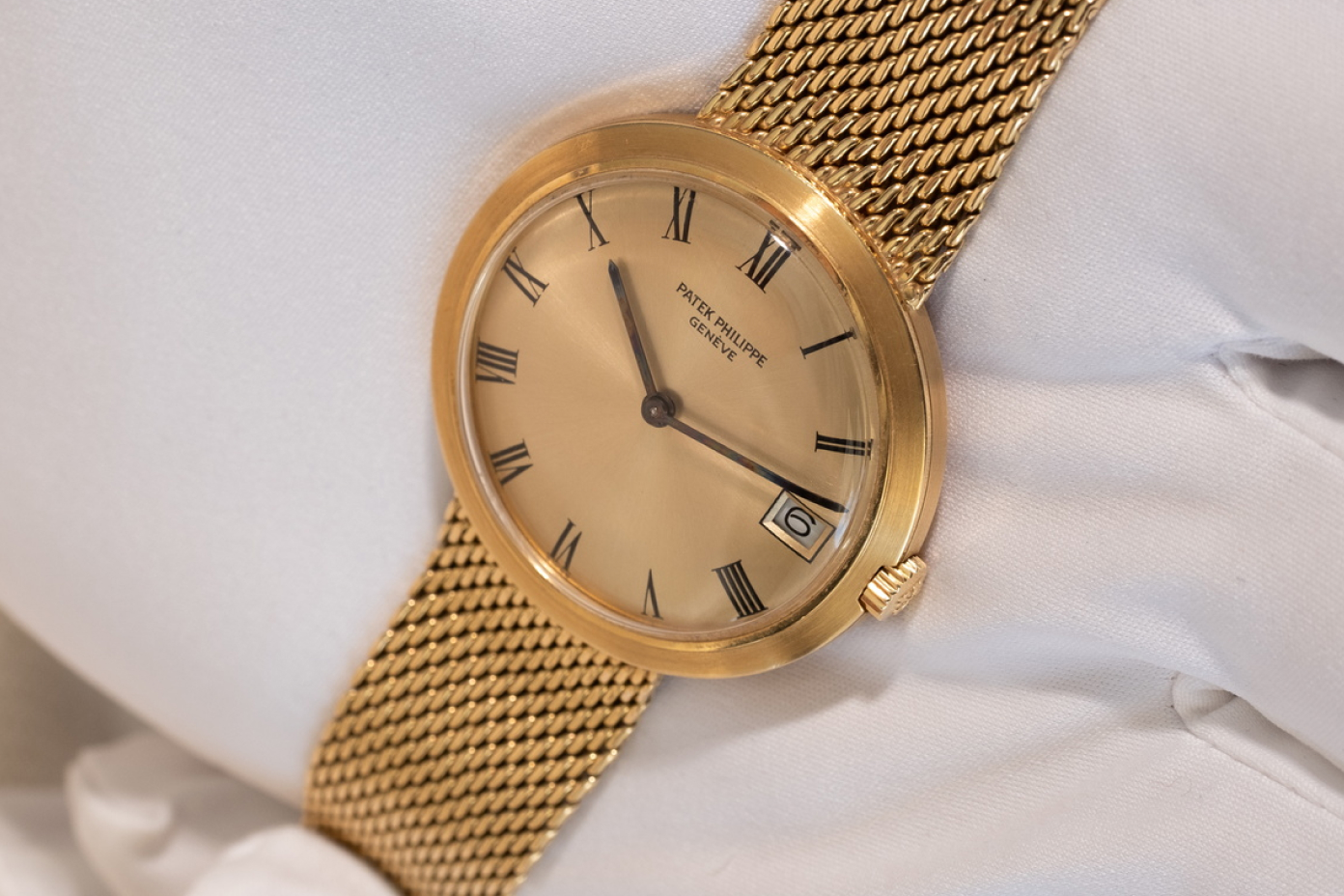
Why materials matter
- Gold: 18k is richer in color and softer than 14k given its higher gold content. White gold gains its color from nickel, palladium, or both, and from rhodium plating. Nickel can irritate some skin types. Switching to a palladium based white gold or platinum often solves irritation.
- Platinum: More dense and work hardens differently than gold. Instead of losing metal when scratched, it displaces. Burnishing can restore surface in a way that preserves weight.
- Silver: Beautiful and bright, but softer and more reactive. Tarnish is surface level and removable, but keep it away from sulfur sources. Store with anti tarnish strips.
- Gem hardness: The Mohs scale helps but does not tell the whole story. Corundum, which includes sapphires and rubies, is very durable. Emeralds are corundum’s cousin in lore only and need different treatment. Pearls sit around 2.5 to 4.5 on the scale and deserve kindness.
When repair becomes redesign
There are moments when repair gives way to thoughtful change. A ring that catches everything may be lifted into a low profile setting. A pendant too heavy for its chain might find harmony on a more substantial wheat or a handmade cable. Earrings that tug on lobes can move to a lighter design or gain support with a disc back that spreads the weight.
At Grygorian Gallery, redesign can mean rethinking a piece inside its own language. The line, the proportion, the stone’s personality stay. The daily wear problems go. It is problem solving that respects affection and avoids the landfill. A client brought us her grandmother’s sapphire and diamond cocktail ring. Gorgeous, but it spun and snagged. We lowered the sapphire and built a tapered shank that found her natural balance point. No one who knew the grandmother’s ring would call it anything but itself, and yet our client now wears it every day.
Looking ahead
The best time to address a problem is before it interrupts your day. Take ten minutes this week and study the pieces you wear most. Feel for movement. Listen for small clicks. Watch how a clasp behaves. If anything seems off, bring it in. Our bench team loves quiet fixes that keep stories in motion.
If you are looking to add pieces designed to live well and age gracefully, our team curates a selection with durability in mind. You can see what just arrived in our Gallery here.
When clients ask what separates a good repair from a great one, we point to the moment each piece comes home to the person who wears it. Great repairs disappear. They do not shout about technique. The ring sits level. The clasp clicks with a confident hello. The pearl strand drapes like water on silk. And you forget there was ever a problem at all, which is exactly as it should be.

